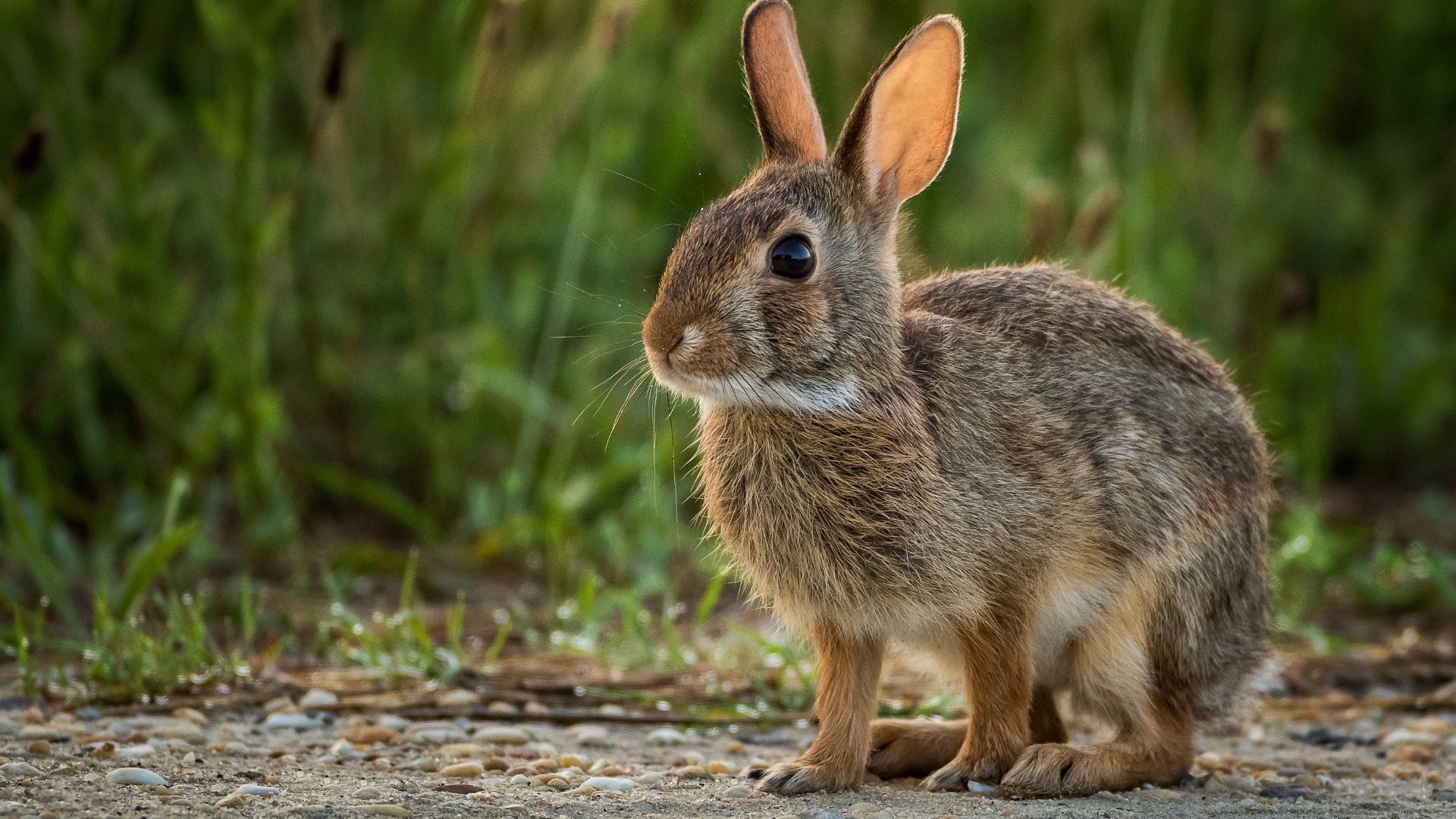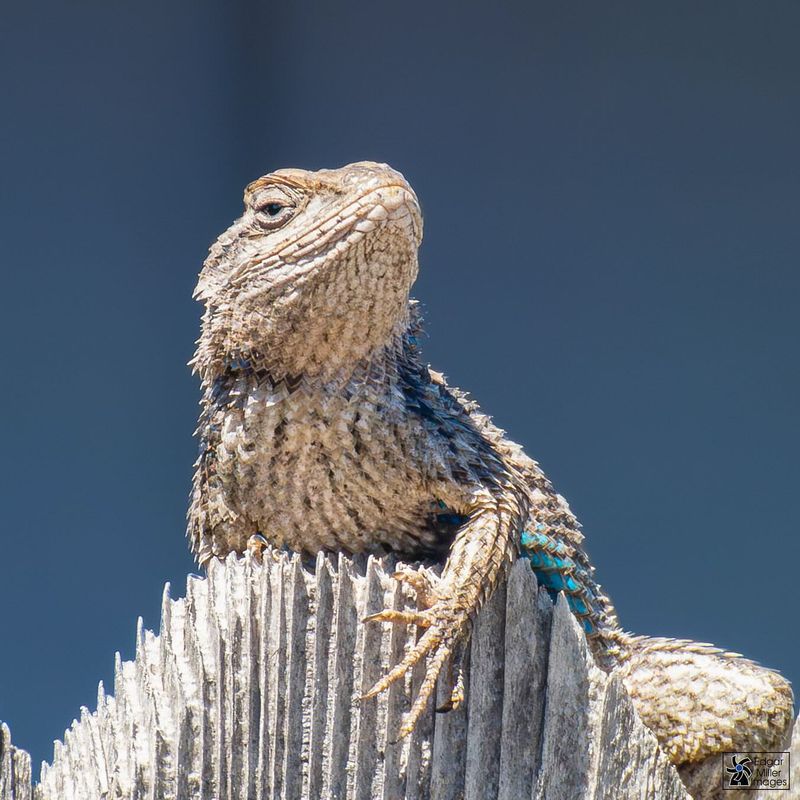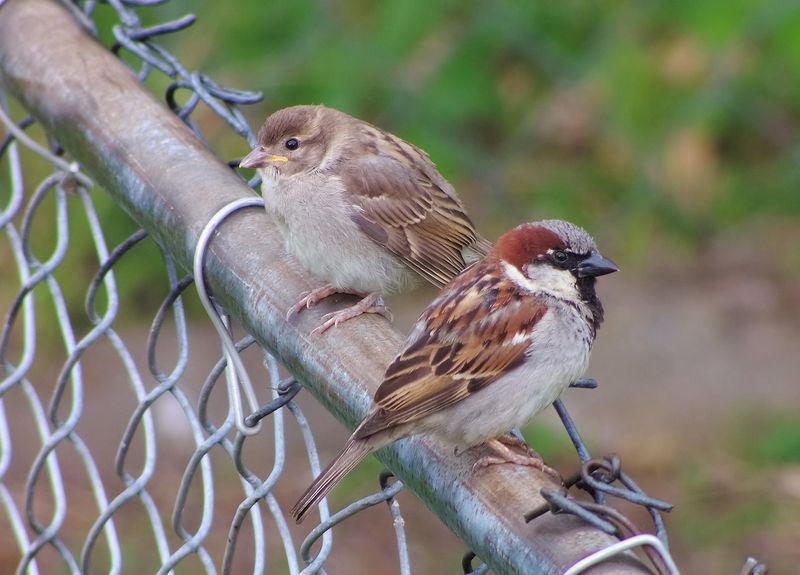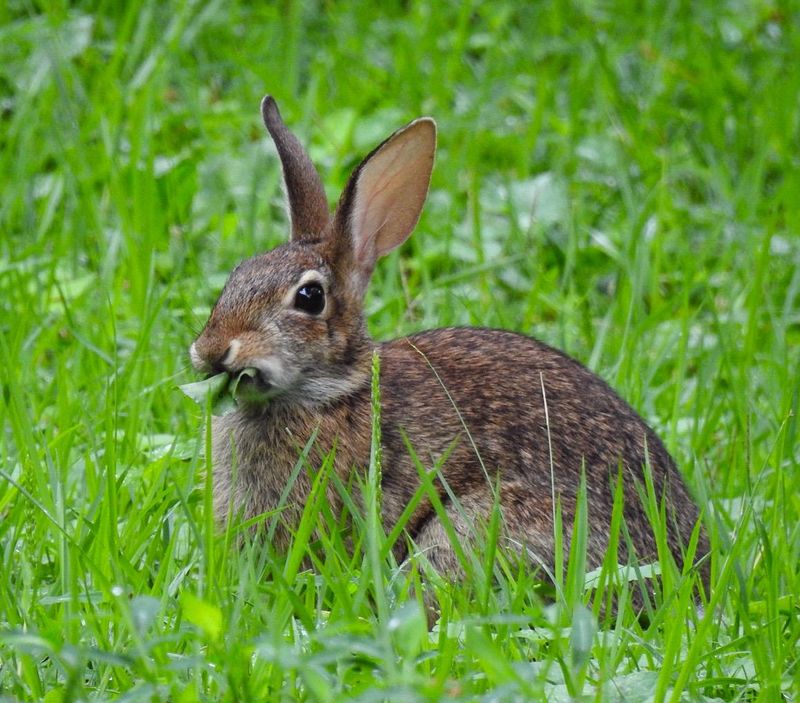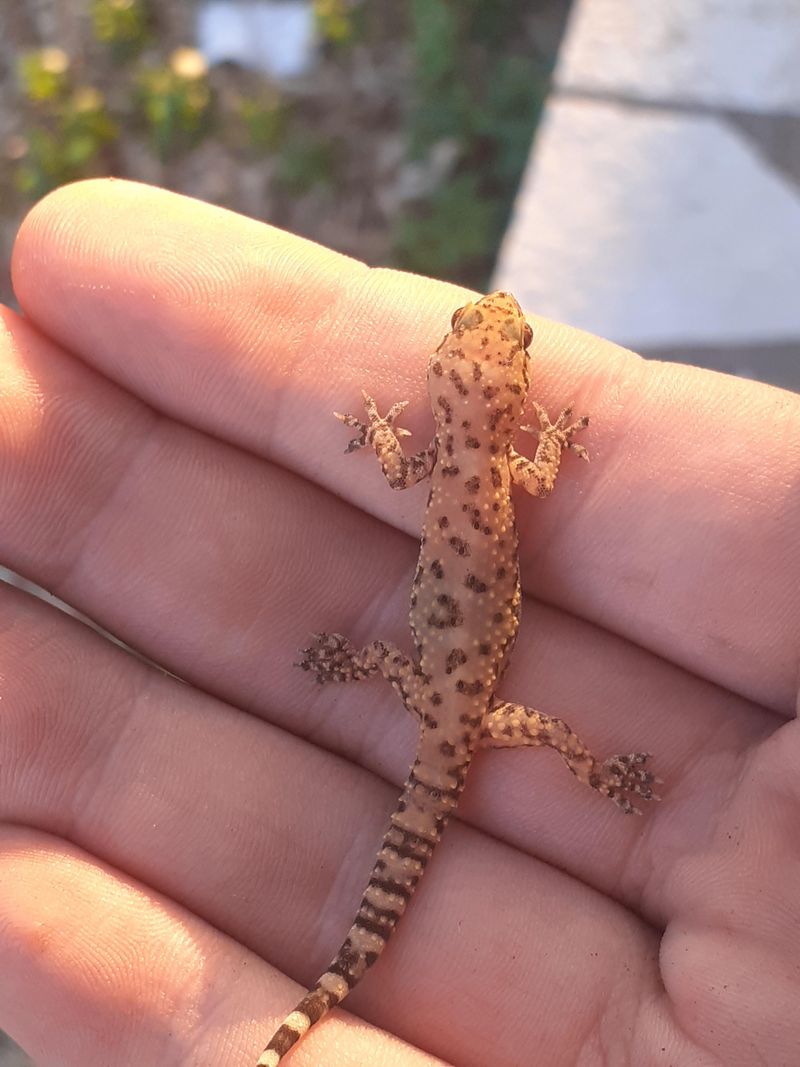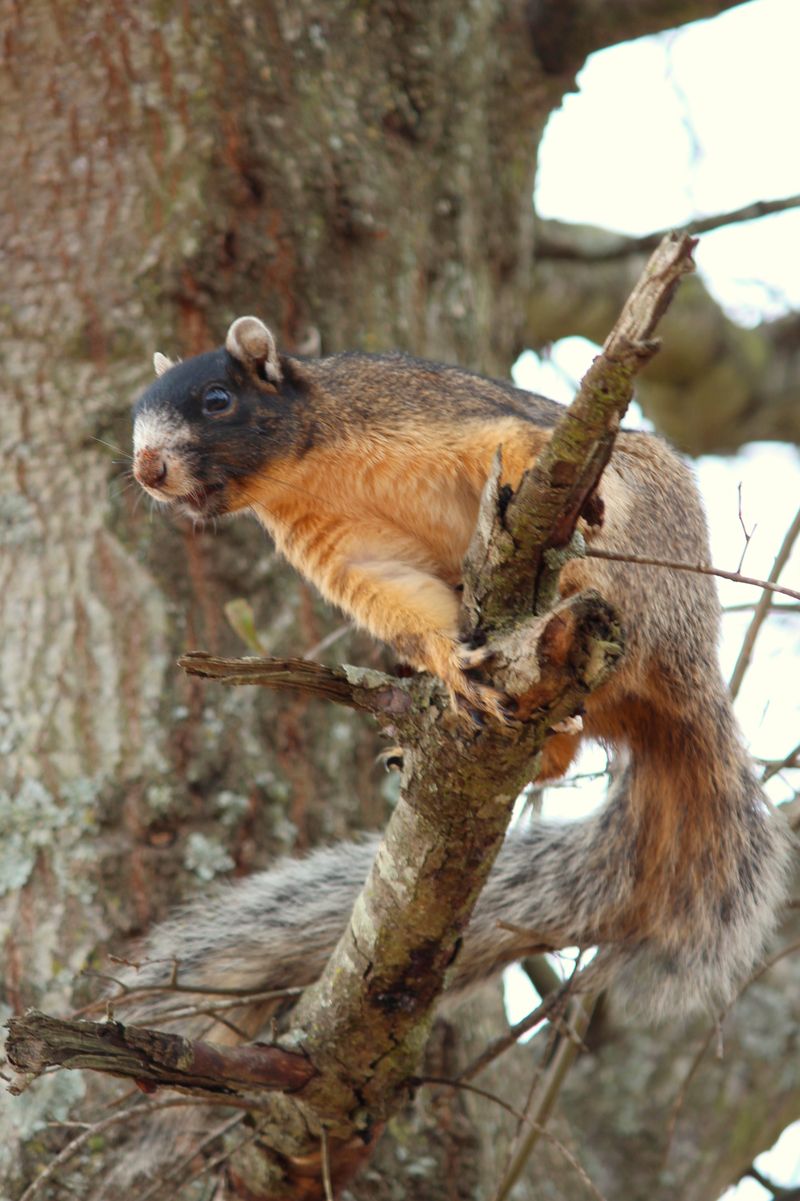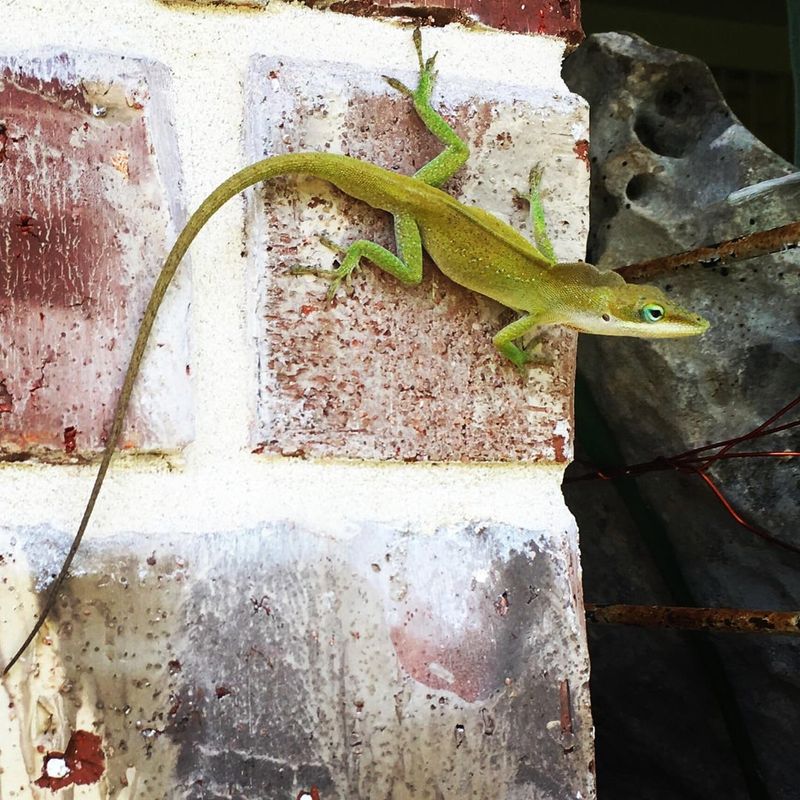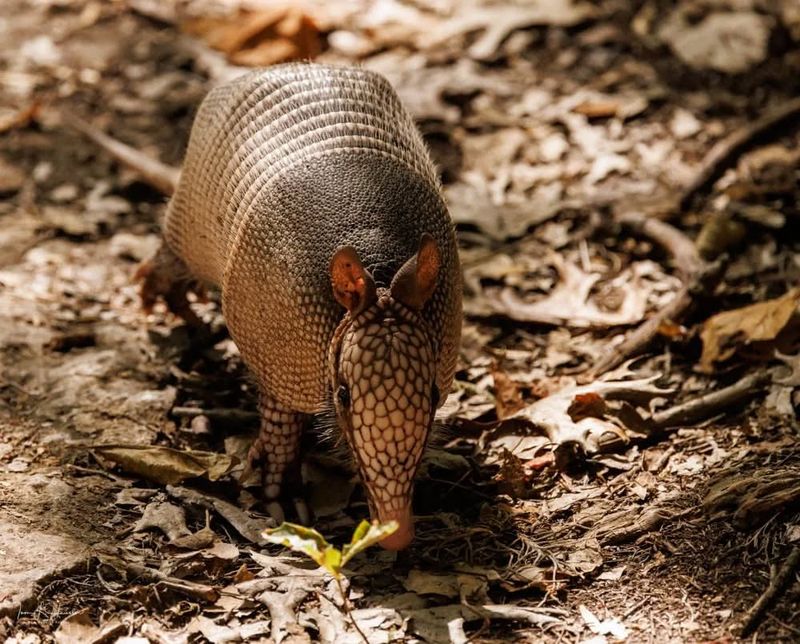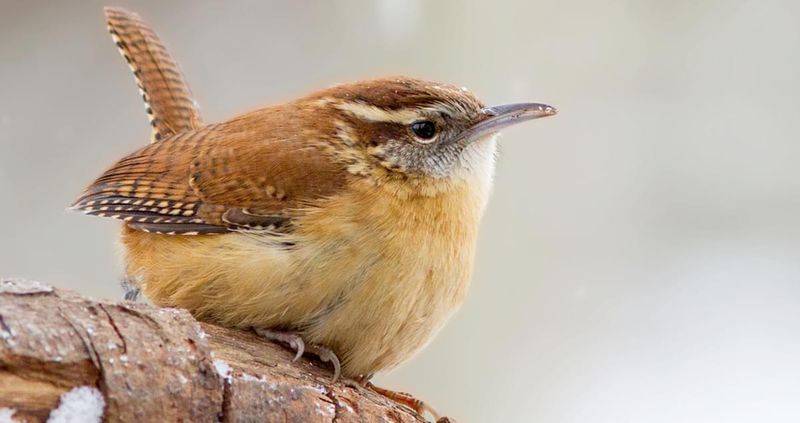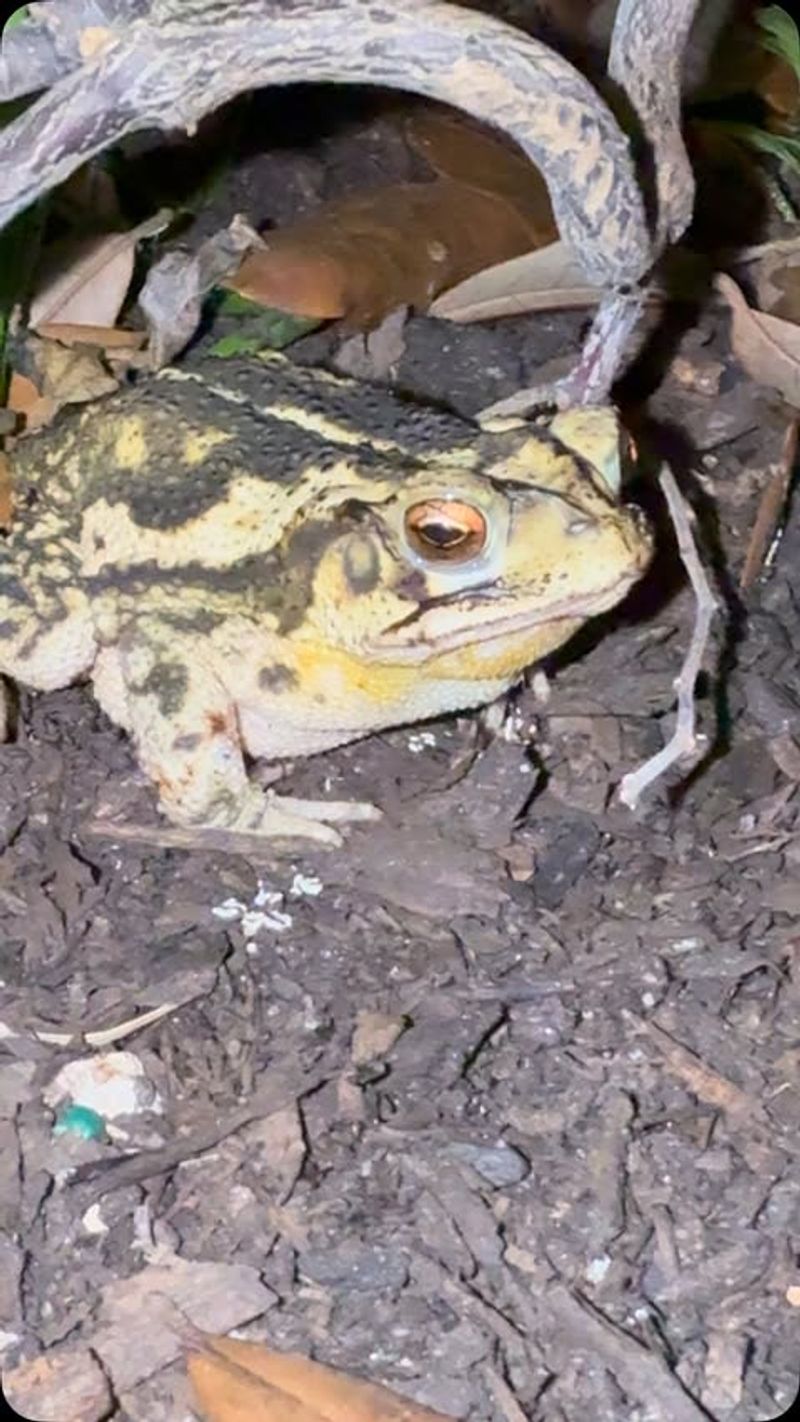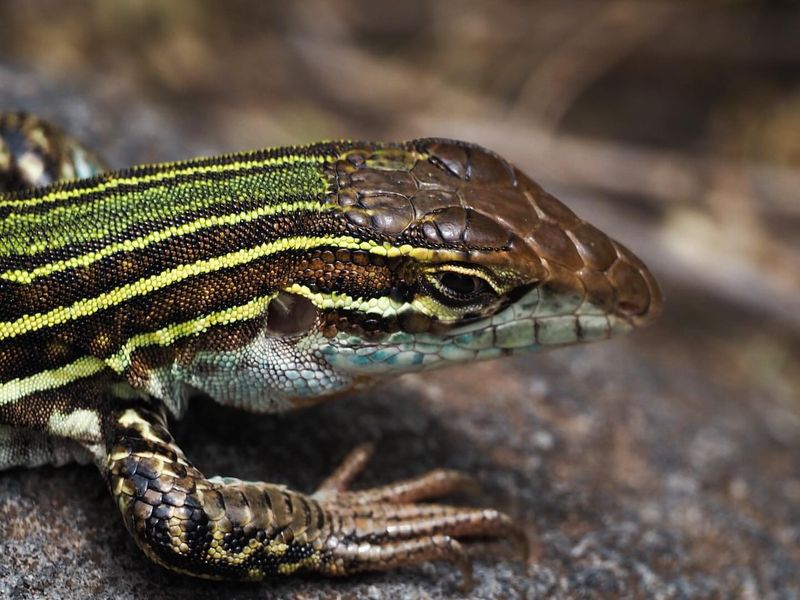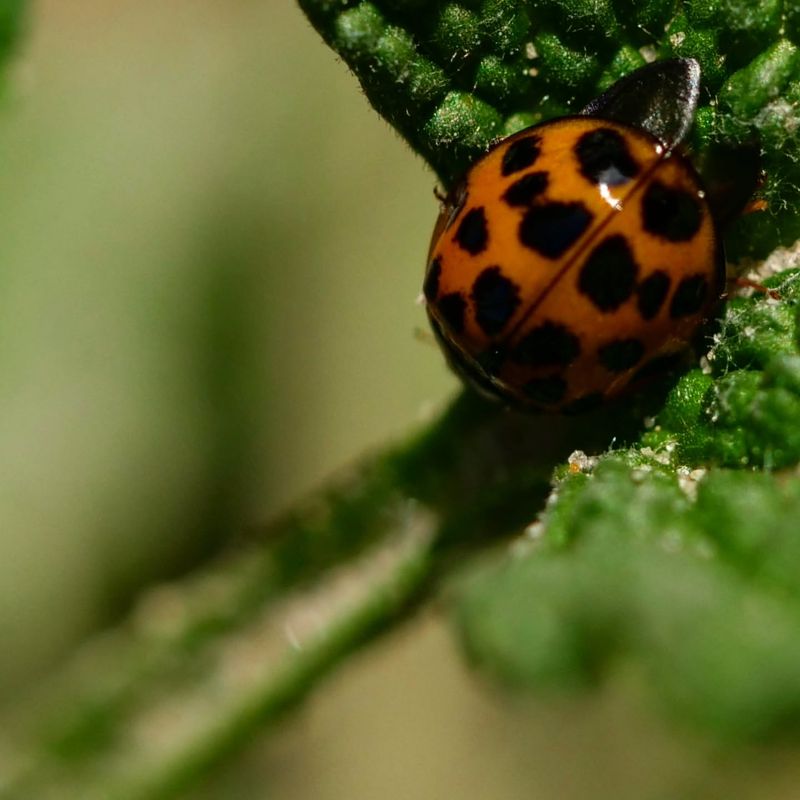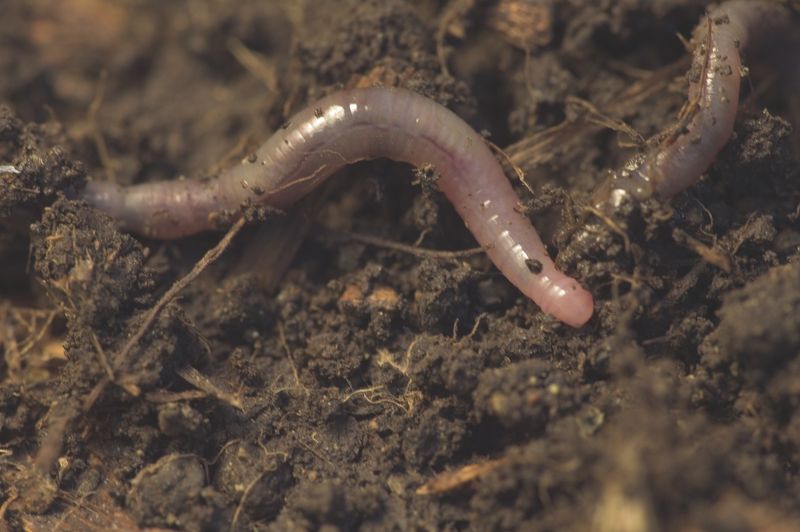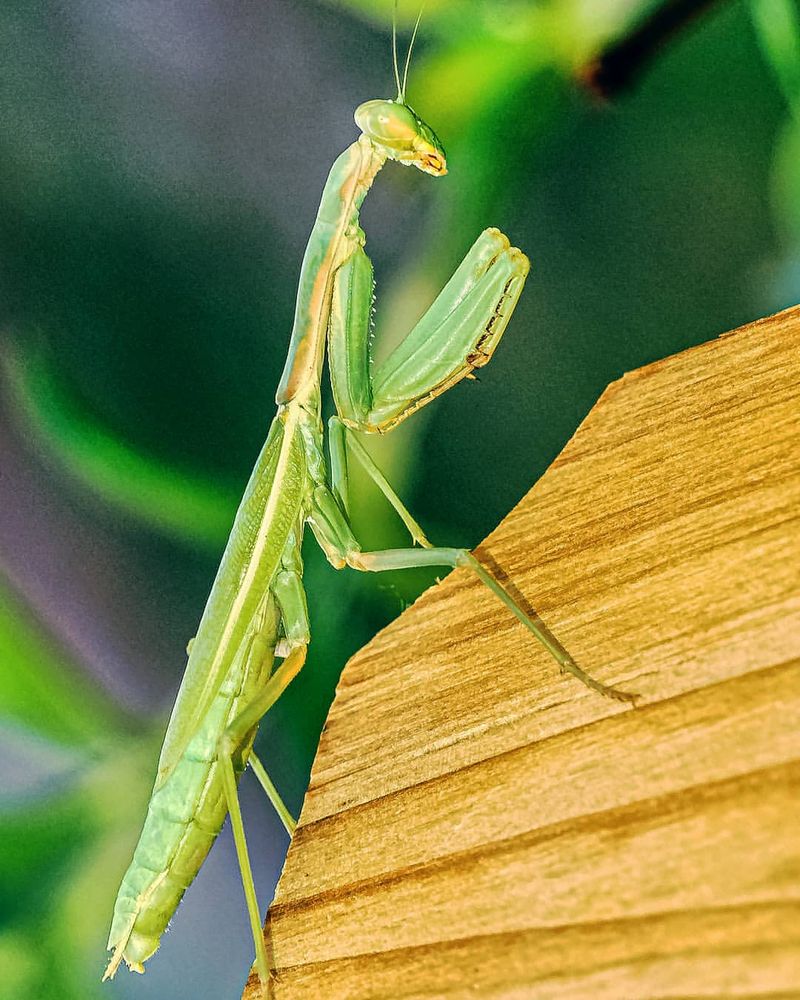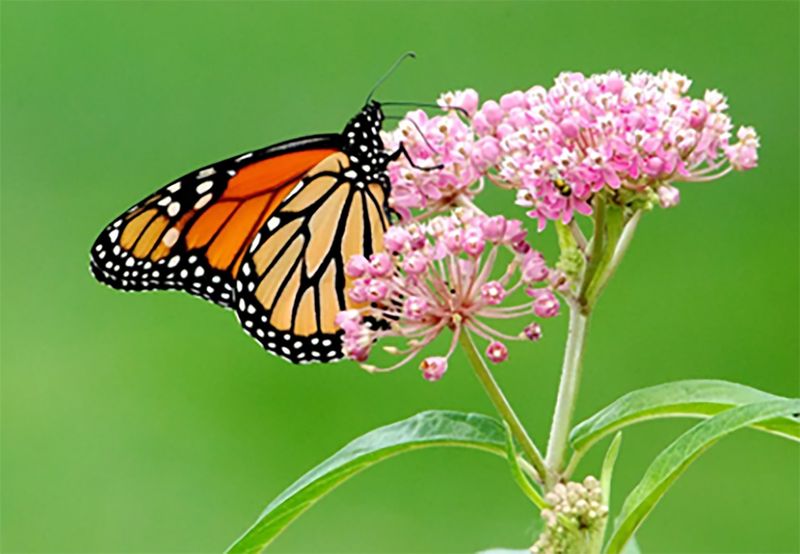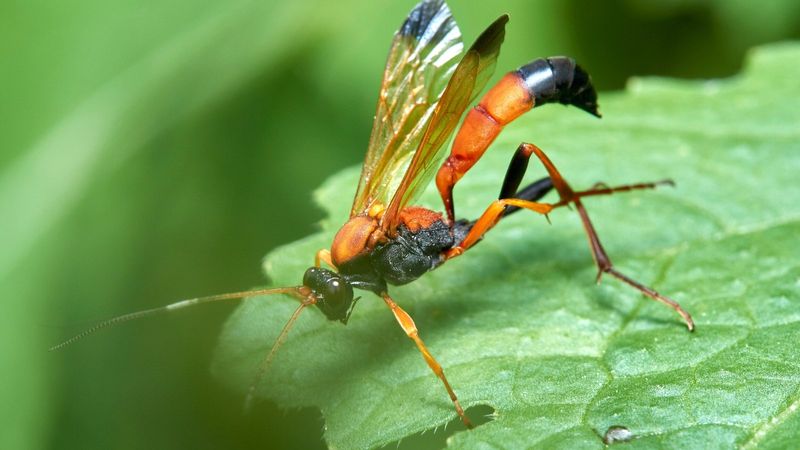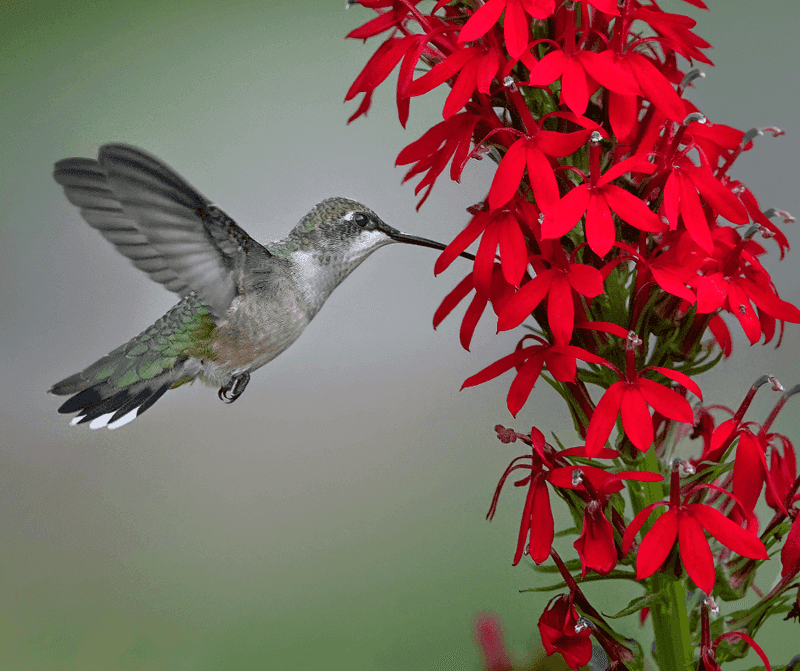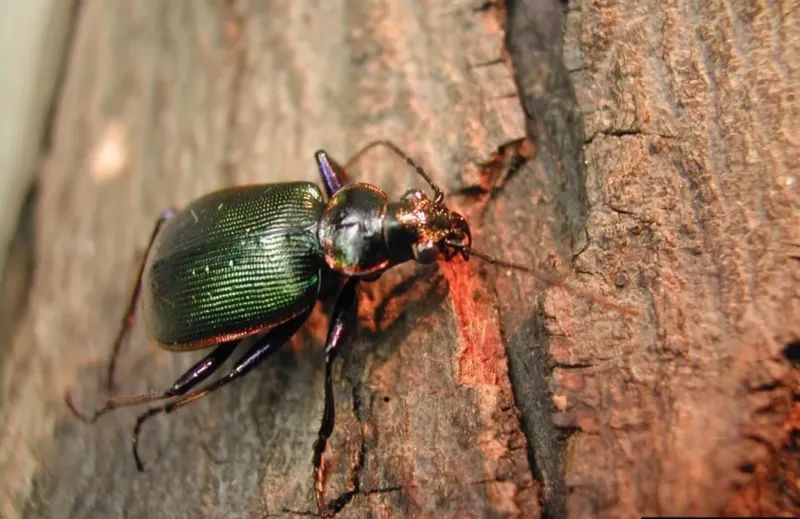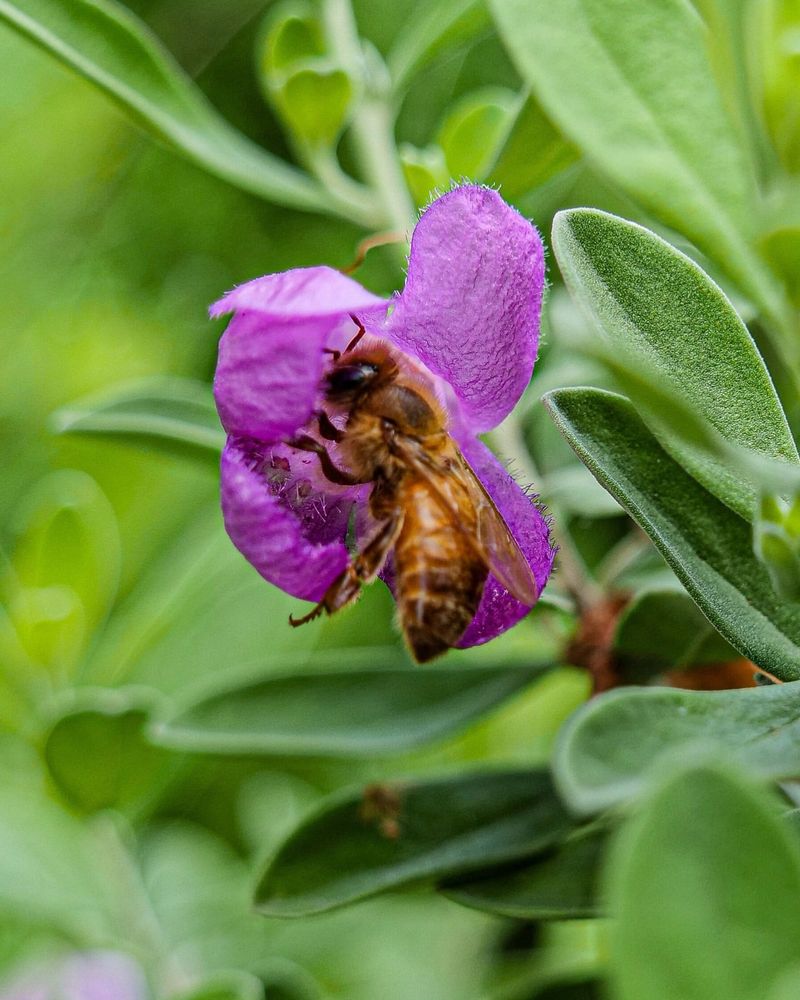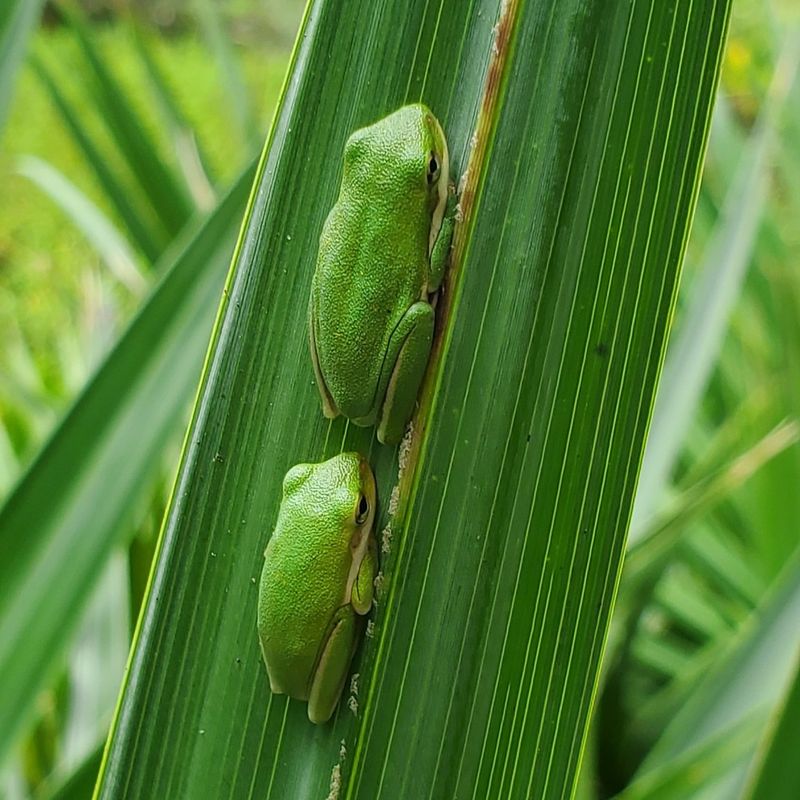Texas backyards are full of quiet life—some creatures come and go, while others stick around when your outdoor space feels balanced and welcoming. I’ve spent many mornings just watching them while sipping coffee on the patio, soaking in the peaceful rhythm.
From chatty mockingbirds to slow-moving box turtles, these guests tell you something’s going right. Their presence often means your garden offers the food, shelter, and safety they need—a true sign of a thriving little ecosystem.
Some are fleeting visitors, others become familiar faces. Either way, their comings and goings add a layer of magic to your yard—and a reminder that when nature shows up, it’s because you’ve done something worth noticing.
1. Texas Spiny Lizard
These gray-brown reptiles with spiky scales love sunbathing on fences and tree trunks across Texas. I’ve watched them do push-ups on my deck – it’s actually a territorial display!
They’re completely harmless to humans but absolute warriors against insects. A single spiny lizard can gobble up dozens of pests daily.
During summer months, you’ll spot them most active in mornings and evenings when temperatures are milder.
2. House Sparrow
Small, chunky birds with brown backs and gray undersides, house sparrows are year-round Texas residents. Males sport black bibs under their chins, while females maintain a more uniform light brown color.
Though not native (they arrived from Europe in the 1800s), they’ve made themselves right at home.
My bird feeder attracts dozens daily. Listen for their constant cheerful chirping – that familiar “cheep cheep” soundtrack of suburban neighborhoods.
3. Eastern Cottontail Rabbit
Those brown bunnies with white cotton-ball tails munching in your yard at dawn and dusk are Eastern Cottontails.
They’re built for Texas living, with large ears that release body heat during our scorching summers. Despite their cute appearance, they’re surprisingly tough. A mother cottontail can raise up to seven litters yearly, though few babies survive predators.
My vegetable garden has become their favorite salad bar – a mixed blessing since they nibble my lettuce but leave natural fertilizer behind.
4. Mediterranean House Gecko
Those pale, translucent lizards on your porch light aren’t native Texans – they’re Mediterranean house geckos that arrived as stowaways decades ago. Now they’re fixtures in our suburban landscape.
After sunset, watch them gather around outdoor lights to catch moths and mosquitoes. Their sticky toe pads allow them to defy gravity, walking straight up walls and across ceilings.
I’ve grown fond of their distinctive chirping calls that break the evening silence – a sound many new Texas residents mistake for birds or insects.
5. Fox Squirrel
Larger than their gray cousins, fox squirrels sport rusty-orange bellies and bushy tails nearly as long as their bodies. They’re acrobatic tree-dwellers but spend plenty of time on the ground.
In my oak-filled yard, they’re constantly busy – burying acorns, raiding bird feeders, or building leafy nests called dreys high in branches.
One persistent fellow figured out how to open my “squirrel-proof” feeder within days. They’re most active mornings and late afternoons, taking midday siestas during Texas heat.
6. Anole Lizard
Often mistakenly called chameleons, these slender green lizards can indeed change color to brown, but not to match backgrounds – it’s for temperature regulation and social signaling.
Males perform an impressive courtship display by extending a bright red throat fan called a dewlap. I’ve watched territorial showdowns between rival males on my porch railings.
Native green anoles face competition from invasive brown anoles across Texas, so spotting the greener version means your yard still supports native wildlife.
7. Nine-banded Armadillo
These armor-plated oddities might look prehistoric, but they’re relatively recent Texas immigrants, arriving from Mexico about 150 years ago. Now they’re found statewide, even in suburban areas.
Poor eyesight but excellent smell guides their rooting for grubs, worms, and insects. That small series of holes in your lawn? Likely armadillo dining spots.
Despite appearing clumsy, they’re surprisingly good swimmers and can hold their breath underwater for up to six minutes – a skill I witnessed when one crossed my neighborhood creek.
8. Carolina Wren
Small but loud describes these rusty-brown birds with distinctive white eyebrow stripes. Their song – a repeated “tea-kettle, tea-kettle, tea-kettle” – seems impossibly loud for a bird that weighs less than an ounce.
Carolina wrens form lifelong pairs and stay in Texas year-round. Last spring, a pair built their domed nest in my garage hanging basket, raising three broods of chicks.
They’re insect-eating machines, hunting spiders and caterpillars in every nook and cranny of your yard’s vegetation.
9. Gulf Coast Toad
Those large, warty toads hopping across Texas patios after rain are likely Gulf Coast toads. Their bumpy skin ranges from gray-brown to reddish, with a light stripe down the back.
Despite looking grumpy, they’re garden allies, consuming countless insects nightly. The white objects floating in your pool? Unfortunately, those are probably their egg strings – they breed enthusiastically after heavy rains.
My porch light attracts insects which in turn brings these toads for evening hunting sessions that I enjoy watching from my window.
10. Whiptail Lizard
These sleek, striped lizards with incredibly long tails dart across Texas yards at surprising speeds. Some species have fascinating genetics – populations of all-female lizards that reproduce without males!
Their constant tongue-flicking isn’t rudeness but how they smell their environment. They’re active hunters rather than ambush predators, chasing down insects across open ground.
I’ve watched them dig small burrows under my deck where they retreat during extreme heat or cold – smart adapters to our challenging Texas climate.
11. Ladybugs
Those bright red beetles with black spots aren’t just pretty – they’re voracious predators of garden pests. A single ladybug can devour up to 5,000 aphids in its lifetime!
Native ladybugs have been joined by Asian lady beetles in Texas yards. The Asian varieties tend to gather in large clusters on sunny walls and occasionally come indoors during winter.
When my rose bushes developed aphids last spring, I watched a ladybug population explosion follow naturally without any pesticide intervention – nature’s perfect balance at work.
12. Earthworms
Finding earthworms when digging in your Texas garden is cause for celebration! These underground engineers create tunnels that allow water and air to penetrate soil, preventing compaction that suffocates plant roots.
Their castings (worm poop) are essentially super-fertilizer, rich in nutrients plants can readily absorb. After heavy Texas thunderstorms, they often appear on sidewalks – not drowning but traveling to new areas.
My compost bin hosts thousands that transform kitchen scraps into garden gold faster than any mechanical process could.
13. Praying Mantis
Spotting these alien-looking predators means your yard has achieved ecological balance. Their triangular heads can rotate 180 degrees to track prey, while specialized front legs snap shut with remarkable speed.
They’re not picky eaters – mantises consume mosquitoes, flies, and even problematic garden pests like caterpillars. Last summer, I watched one patiently hunting from my lantana flower for over an hour.
Female mantises are larger than males and famously may eat their mates after breeding – nature’s harsh version of a dinner date.
14. Monarch Butterfly
These orange and black beauties migrate through Texas twice yearly on their remarkable journey between Mexico and Canada. Their presence indicates your yard offers nectar sources and possibly milkweed – the only plant their caterpillars can eat.
Each generation lives just 2-6 weeks, except the final generation of summer which lives 6-8 months to complete the migration cycle. I’ve tagged monarchs in my yard for tracking programs.
Their populations have declined by 80% in recent decades, making your backyard habitat increasingly important for their survival.
15. Beneficial Wasps
Not all wasps are the aggressive yellow jackets at picnics! Tiny parasitic wasps rarely sting humans but lay eggs inside garden pests like tomato hornworms and aphids, controlling their populations naturally.
Paper wasps build umbrella-shaped nests under eaves and actually help gardens by hunting caterpillars. I’ve watched them systematically patrol my vegetable garden, removing countless potential pest problems.
Their presence signals a yard free from broad-spectrum pesticides that would otherwise kill these beneficial predators alongside pests.
16. Hummingbirds
Ruby-throated hummingbirds are summer visitors to most of Texas, while some southern regions host year-round residents. These flying jewels indicate your yard offers tubular flowers or feeders providing energy-rich nectar.
Despite weighing less than a penny, they’re surprisingly territorial. I’ve watched aerial dogfights over my salvia plants that would put Top Gun pilots to shame!
They consume half their weight daily in nectar and insects, with hearts beating up to 1,260 times per minute during flight – nature’s perfect high-energy machine.
17. Ground Beetles
Those shiny black beetles scurrying away when you move a rock or log are garden allies, not pests. Most species hunt at night, consuming slugs, snails, cutworms and other garden troublemakers.
Their presence indicates healthy soil with adequate organic matter and minimal pesticide use. Some species live up to four years – practically ancient in insect terms!
I’ve created beetle banks in my yard – small areas of unmowed grass and rocks that provide daytime shelter for these nocturnal hunters who emerge at night to patrol my vegetable garden.
18. Honey Bees
Beyond making honey, these industrious insects pollinate approximately one-third of everything we eat. Seeing them visit multiple flower types throughout your Texas yard means your garden contributes to their increasingly threatened survival.
A single worker bee might visit 2,000 flowers daily during its short six-week lifespan. The distinctive waggle dance they perform communicates precise food source locations to hivemates.
My native plant garden attracts dozens of honey bees from a neighbor’s hive – they particularly love my Texas sage and blackfoot daisies.
19. Tree Frogs
Those small sticky-footed amphibians clinging to windows and siding come in several Texas varieties – green tree frogs and gray tree frogs being most common. Their presence indicates clean water sources nearby and healthy insect populations.
Males produce those distinctive nighttime calls that create nature’s soundtrack on humid evenings. My pond attracts several that return yearly to breed, leaving their jelly-like egg masses floating on the surface.
They change color slightly based on temperature and background, though not as dramatically as chameleons.
20. Fireflies
These magical insects lighting up summer evenings aren’t actually flies but beetles that produce cold light through a chemical reaction. Their presence indicates your yard has minimal light pollution and healthy soil.
Different species flash in distinct patterns – it’s how they find mates. Males fly while flashing; females typically respond from perches in vegetation.
My unsprayed lawn hosts hundreds each June and July, creating a light show more impressive than any man-made display. I’ve noticed they appear in greater numbers during years with adequate spring rainfall.

